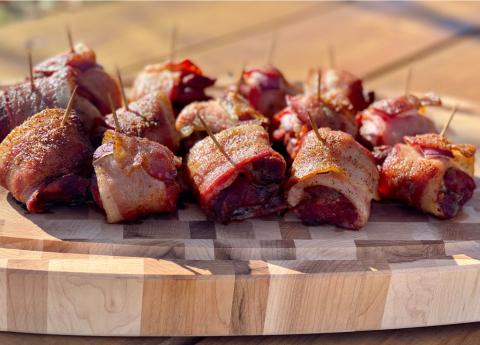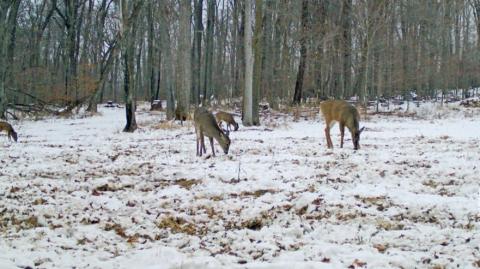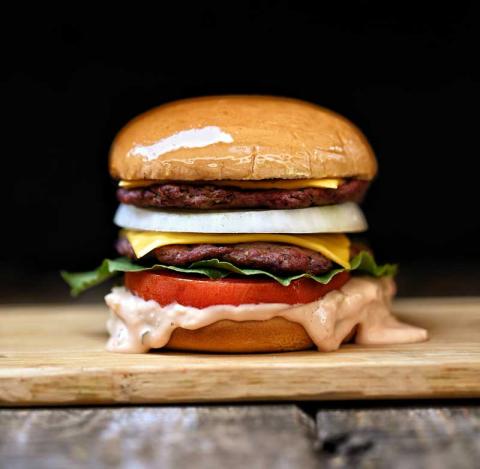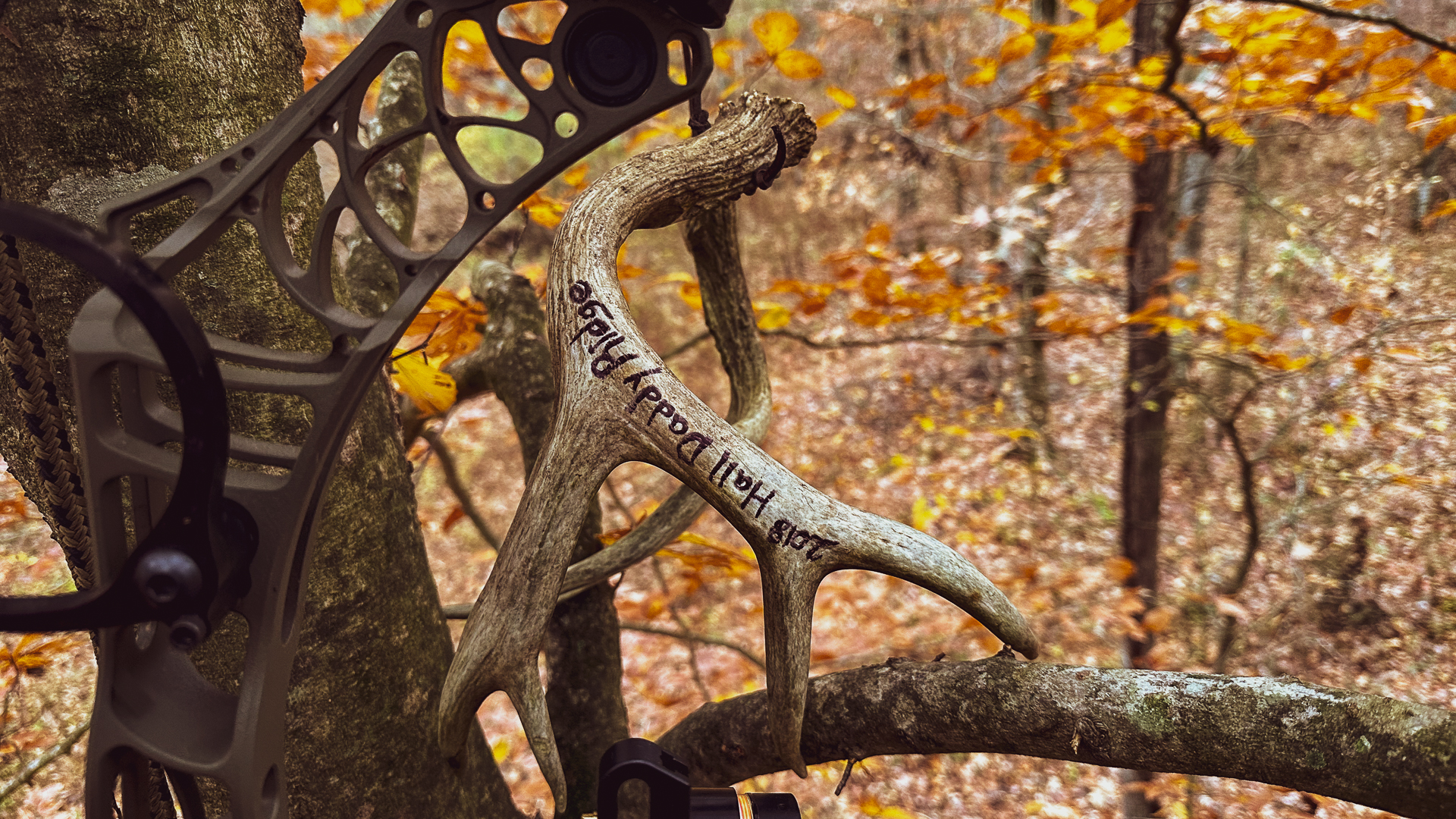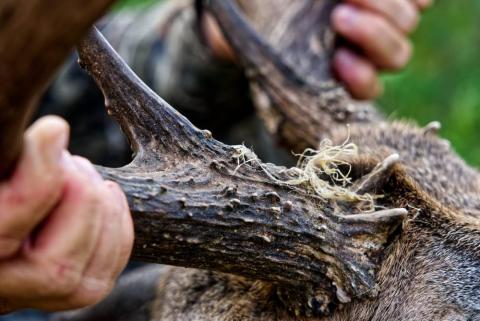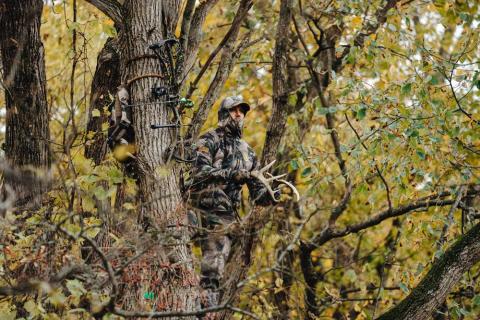Bill Gibson, Head Trainer of Mossy Oak Gamekeeper Kennels
THE IMPORTANCE OF EARLY IMPRINTING WITH PRE-TRAINING

My number one rule in beginning a pup’s training is “Don’t train in habits that later have to be trained out or at best suppressed.” An example of training in a problem and the mistake that I see made most often is the owner throwing dummy after dummy, letting the pup go for the retrieves without any restraint, grabbing the dummy from pup’s mouth as he runs by on the return, and then immediately throwing the dummy again and again: thereby repeating the same sequence of events. The unintended consequence of repeating this sequence over and over again is twofold: (1) the pup is actually being trained to be unsteady, and (2) the pup is being encouraged to drop the dummy upon return. The end results are a total lack of steadiness at the line, a compromise of delivery to hand and failing to develop focus. All are issues that must later be corrected with additional obedience training and conditioned hold training.
By way of further explanation, I subscribe to the theory that just about everything that a pup learns from birth to six (6) months becomes so ingrained that it becomes a “conditioned habit,” i.e., a habit that can be suppressed for a period of time but can never be completely trained-out, much less eliminated. When I say this I think of my dog “Rocky.” I watched as my wife sprayed him with the garden hose at a very young age. This spraying happened almost daily from the time he came home as a puppy until delivery to the trainer at six (6) months of age. He loved it. He reveled in it and actually looked forward to his daily wild romp with the water hose. About two weeks after the trainer got him, he wanted to know what in the “hell” was wrong with my dog. They could not properly clean his kennel using the water hose without him going berserk and causing the kennel boys to get soaked. I told him about my wife, and he said he would fix the problem and he did…well sort-of. When the dog returned home after basic and advanced training, and he saw my wife with the hose, he went berserk just as he had done before, and we never could get him to stop again. The main point that I hope you get out of this brief discussion being, think about what you are doing before engaging in any activity with your pup and don’t intentionally or unintentionally train in bad habits that you later have to try to train out or at best suppress.
Pre-Training/Imprinting at Feeding Time
I have often been ask, when is the best time to begin training a pup? I opine that feeding time presents an excellent opportunity to train your pup in a positive manner, so pup recognizes you as the alpha dog and to learn to “sit” in calm silence, focus on you, and patiently wait for food. When feeding pup, normally twice each day, you need to let pup watch you while you prepare the food and offer it to him/her. It is important that you get your human scent on the pup’s food so that pup fully understands that the food is coming from you, the alpha dog. I do not recommend that you use feeding time as the appropriate time to introduce the pup to loud noises, because I certainly don’t like loud noises while I am enjoying a meal and in my way of thinking neither does pup.
Again, early “sit” training should begin at feeding time. After putting pup’s food in the bowl and getting your scent on the food, simply hold the feeding bowl high above the pup’s head which will force the pup to look up. Repeat the “sit” command while moving toward the pup and as the angle of the food bowl increases relative to the pup, the pup will automatically sit. After pup sits, have him/her focus on you and maintain eye contact. Then set the food bowl down but, do not let him eat until you say, “OK.” As the pup begins to sit in anticipation of getting food, continue to give the verbal command “sit,” gradually extend his/her focus time, and after two or three feedings, the pup will sit as you enter the kennel with his food bowl and maintain eye contact. Once the pup sits, kneel down, set the food bowl down, and prevent the pup from eating until you give the verbal command, “OK.” If pup gets up from the sit position or loses focus, before the “OK” command, simply lift the food bowl and start over. After two or three sessions, pup will sit on command and remain in the sit position, focused on you until you allow pup to eat by saying, “OK.”.
This is a good time to discuss the importance of proper eye contact or as I call it “focus.” Focus is important in the training process, because focus is an indicator of the pup’s learning abilities at any given time on any given day, especially his/her biddability-willingness to accept training. If the pup maintains eye contact he/she is capable of learning the task being taught. On the other hand, if pup is distracted, looking around at objects, looking at the ground, sniffing the ground, and/or looking away from you, he/she is not learning. He/she is simply going through the motions. How do you begin and maintain eye contact with your dog? Imprint training at feeding time is the beginning, and it continues throughout his/her training.
Pre-Training Do’s and Don’ts

When you get home with the pup, hopefully at the age the age of at seven (7) weeks, the following do’s and don’ts should be put in practice immediately by you and instilled in all members of your family. The first two relate to crate training for a pup to be kept inside, and the remainder relate to establishing the “pack” order with the pup and socializing pup.
1. Don’t let puppy roam freely in the house without supervision. If you are not actively engaged with the puppy, put him in his/her crate-of a proper size.
2. Do let pup out of the crate at regular intervals and immediately take him/her outside for a potty break-preferably on the grass.
3. Don’t give puppy toys to play with and tear up and by all means don’t get in a tug-a-war over a toy with pup.
4. Don’t let pup stand with a paw or paws on your foot.
5. Don’t let pup go through any door (house, kennel, etc.) before you do.
6. Don’t let pup sleep in the bed with you.
7. Don’t let pup mouth or bite on your hand, etc.
8. Don’t spin pup up; keep him in a calm state of mind.
9. Don’t encourage pup to bark at objects or people.
10. Do get your scent on pup’s food at feeding time.
11. Don’t let pup eat his food until told that it is “ok” to eat.
12. Socialize pup as much as possible. Take pup for walks around the neighborhood and let him socialize with other dogs and people. Ride pup in your vehicle and when allowed take him/her into stores with you. Either hold the pup or have the pup on a leash when out in public areas. See Basic Obedience Training in Chapter 3, to learn how to properly put a leash on pup.
One problem that I have encountered over and over again at six (6) months is the pup picking up the training dummy and running around playing with it as opposed to bringing it back. This is a problem requiring a time consuming fix that could have been easily avoided through early imprinting at home.
Early Imprinting at Home
Teaching pup to sit, stay, and retrieve can and should be started at seven (7) to eight (8) weeks of age. You can accomplish this task using a puppy dummy or a rolled up sock and a hallway in your house. Assuming that you have a hallway in your house, as most houses do, begin by closing all the doors so that you can control pup’s movements by limiting his/her direction of travel to away from you and back to you. Get the pup interested in the dummy. Throw the dummy a short distance down the hallway, and let pup run to it, pick it up and return to you-all the while saying the command “here”. After pup is focused on and keen to pick up the sock, incrementally increase the distance of the throw. Also start restraining pup with your other hand, and then call his name as you release him/her. The totality of this exercise teaches pup steadiness at an early age, introduces him to the release command (his/her name) to return to you on the “here” command. It may take a few tries but pup should quickly understand and join in this retrieving game. Just be careful not to overdo it.
At this age encouragement-not punishment-is the name of the game with pup. So when pup picks the dummy up clap your hands, while repeating “here” until pup comes to you with the dummy. On pup’s return don’t immediately grab the dummy from him/her. Instead, as the retrieving game progresses, let him hold the dummy for longer and longer periods of time. By using the hallway to limit the pup’s ability to run away with the dummy, his/her only real option is to return to you with the dummy. On pup’s return always heap lots of praise on him/her. But a word of caution is due, don’t overdo the retrieves, one or two a day is enough.
At this point, self-review by asking yourself, “What do I want pup to learn at this early stage?” The answer is threefold but relatively simple: (1) you want to reinforce the “sit” command taught during feeding time; (2) you want pup to learn to remain in the sit position, until you give a release command; and (3) you want pup to pick the dummy and deliver it to hand in a straight line. Imprinting pup with these basic skills, at this early age, will most assuredly pay dividends when formal training is started at six (6) months. Stay with this early training until you reach these goals.


















